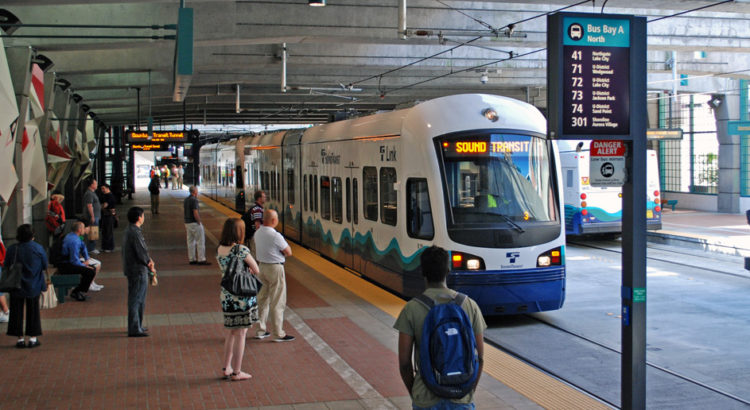The timeline to bring light rail to Ballard has been pushed back four years, with new estimates targeting 2039 for service to the neighborhood.
Sound Transit just announced its latest timeline for the West Seattle and Ballard Link Extensions (WSBLE) project, influenced by financial assessments carried out last year. In early 2020, the Sound Transit Board started a process called realignment to review options for addressing the “significant affordability gap affecting our future transit expansion projects not yet under construction.” The original timeline would have brought service to Ballard by 2035.
The funding gap to complete the project is currently forecasted at $6.5 billion, creating delays for all construction on the WSBLE project.
“The steep rise in real estate and construction costs in the region in combination with advancing environmental review and project designs have driven up cost estimates for future transit expansions, contributing to a $6.5 billion affordability gap for delivering projects on earlier schedules,” Sound Transit writes on their blog.
The updated timeline will bring service from SODO to Alaska Junction by 2032, to Smith Cove by 2037, and to Ballard by 2039. That said, the Sound Transit Board set a more ambitious target of 2037 for service to Ballard, which they say could be done “through intensive efforts to secure expanded funding and control project costs.” To bring light rail to Ballard by 2037, they would need to allocate an additional $1.8 billion in funding and/or savings, and “intensified commitments of support from partners at the local, state and national levels.”
“In the next three years Sound Transit will nearly triple the length of our light rail system from 22 to 62 miles,” said Sound Transit Board Chair and City of University Place Councilmember Kent Keel in a recent statement. “The realignment plan will guide our work to expedite the next waves of projects, including reaching Tacoma, Everett, West Seattle and Ballard and delivering bus rapid transit and Sounder expansions. These projects are critical for keeping people moving in the face of our population growth and for protecting our economy and environment. To succeed, we will need expanded collaboration at the local, state and national levels.”
Sound Transit has been actively seeking out public input this year, with online open houses and survey to determine priorities for residents. In May, they presented survey results to the Board, and hosted more than 50 briefings for local officials and elected leaders.
They plan to continue their public engagement, with stakeholder and public input helping shape schedules, scope, and budget for future projects.
Next steps for the project include a Draft Environmental Impact Statement (DEIS) to be carried out this fall, collecting public feedback on the DEIS later this year, and the Sound Transit Board confirming or modifying the preferred alternative in early 2022.
You can stay updated on WSBLE realignment plans here.


Recent Comments